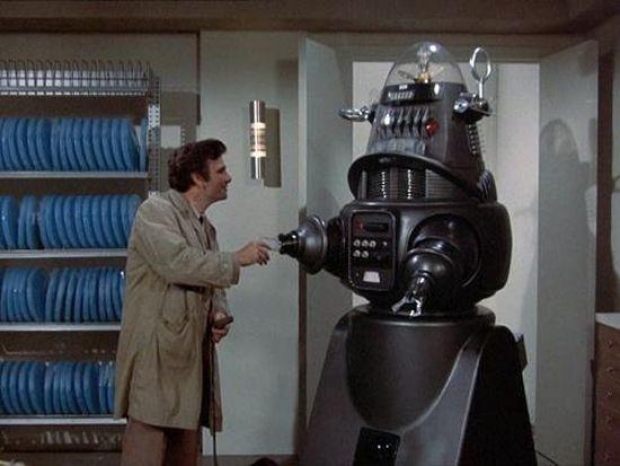According to World Industrial Robot 2018, published by International Federation of Robotics (IFR) 125,400 robots were purchased by users in the automaking industry, growing 21 percent on the year.
Shipments for metal nufacturing rose rose 54 percent, electronics/electric appliances 27 percent and food 19 percent. Growth in global car sales slowed, automakers keep increasing the automation of production.
Among regional markets, 255,000 industrial robots were sold in Asia and Australia, up 34 percent on the year; 67,000 units in Europe, up 20 per cent; and 50,000 units in North and Latin Americas, up 22 percent.
China, South Korea and Japan were the three largest country markets with sales of 138,000, 40,000 and 39,000 units respectively. The US ranked fourth with 33,000 units, followed by Germany (22,000) and Taiwan (11,000).
Manufacturing industries around the world recorded an average use density of 74 industrial robots per 10,000 workers, with South Korea posting the highest density of 631 units per 10,000 workers. Taiwan's use density stood at 177 industrial robots per 10,000 workers, ranking 10th globally. While China ranked 23rd, its government aims to advance the country to the top-10 in terms of industrial automation with use density to rise to over 150 industrial robots per 10,000 workers in 2020.

